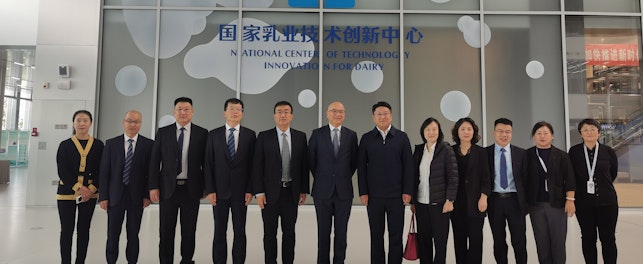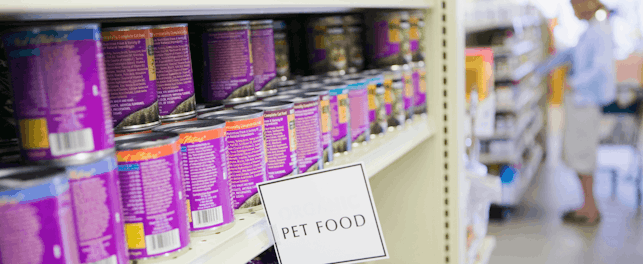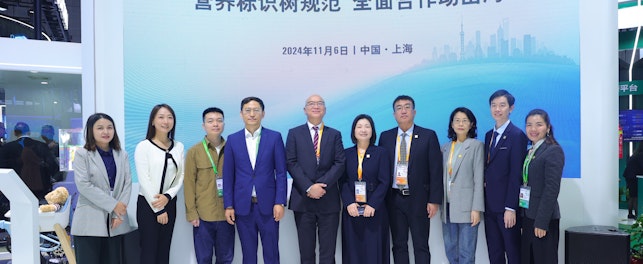Researchers have identified front-of-pack nutritional labeling (FOPNL) as a key tool in helping consumers make healthier choices when buying food and drink. There is, however, no global consensus about the way this information should be displayed.
In 2004, the United Kingdom introduced a ‘multiple traffic light’ color-coded label. The system lists each nutrient as a percentage of the daily recommended intake (RI). This figure is then matched to a color that shows whether the amount is low, medium, or high – green is low, amber is moderate, and red is high.
The UK initiative was voluntarily adopted around the world in 2006 as a numeric-only monochromatic label. This has the percentage RIs relating to energy, fats, SFA, sugars and salt. In 2014, Australia and New Zealand adopted a similar approach for its FOPNL but using a ‘health star rating’ system with a graded scale and information on nutrient amounts.
Countries in South America have taken a different approach. Chile and Peru, in 2016 and 2019 respectively, adopted a warning system that is triggered when the level of a particular negative nutrient exceeds the limit set by the Chilean Ministry of Health.
In 2019, Brazil adopted the ‘NOVA’ food classification system for its FOPNL. This represents a new way of thinking about food because its draws attention to the level of food processing. The system groups foods into four categories:
- Group 1 (green color-coding) – unprocessed or minimally processed
- Group 2 (yellow color-coding) – processed culinary ingredients
- Group 3 (orange color-coding) – processed foods
- Group 4 (red color-coding) – ultra-processed foods and drinks
In the United States of America, the Food and Drug Administration (FDA) asked the Institute of Medicine (IOM) to study front-of-pack (FOP) nutrition in 2009. Their report suggested four categories to be listed FOP – calories, saturated and trans-fats, sodium, and sugars. The majority of these finding were not, however, enacted. The exception being the posting of calorie levels on restaurant menus, menu boards, products, and vending machines. For the other three categories, the IOM had recommended a points system based on the levels of saturated and trans-fats, sodium, and sugars. These would then be converted into check marks or a 0-3 points rating.
European Union (EU) countries seem to be taking yet another approach – the Nutri score. This is a graded color-coded label on the overall nutritional quality of the food or beverage. A five-scale color-code is used – from dark green to dark orange – followed by a classification letter from A to E. A relates to dark green and E to deep orange red. This scoring tool is already operating in France (since 2017), and Belgium and Spain (2018), with Germany adopting it in 2020. It is also endorsed by the governments in a number of other relevant countries.
At the same time, a consortium of food industries has introduced the ‘evolved nutritional label’ (ENL). This is a modified version of the ‘multiple traffic light’ system, which indicates the levels of nutrients per portion.
Around the globe there is a lack of consensus about the best way to display nutritional information on food and drink packaging. Many different FOPNL systems are currently in operation, but often voluntarily. At the same time, research continues into how these FOPNL impact the decisions of consumers and the reformulations being made by the food industry.
There is consensus among stakeholders, however, that FOPNL can play a key role in helping consumers make more informed and healthier food choices. In March 2016, the World Health Organization (WHO) recommended the implementation of “interpretive FOP labelling supported by public education,” as an important step towards ending childhood obesity around the world.
SGS Solutions
SGS offers a comprehensive range of services to help operators in the food sector navigate the complex regulations regarding food labeling. With a global network of experts and laboratories, and automated label validation checking from Digicomply Labelwise, we can support the full label development process – from a simple label check through verification of full compliance with food regulations, full language translation and verification of label layout and design. Our solutions let you demonstrate to your clients that your products are safe and comply with national and international regulations.
For the complete range of SGS services and support visit www.foodsafety.sgs.com or contact:
Alexandra Dedeilia
Business Manager
SGS Greece
t: +30 210 572 0777



